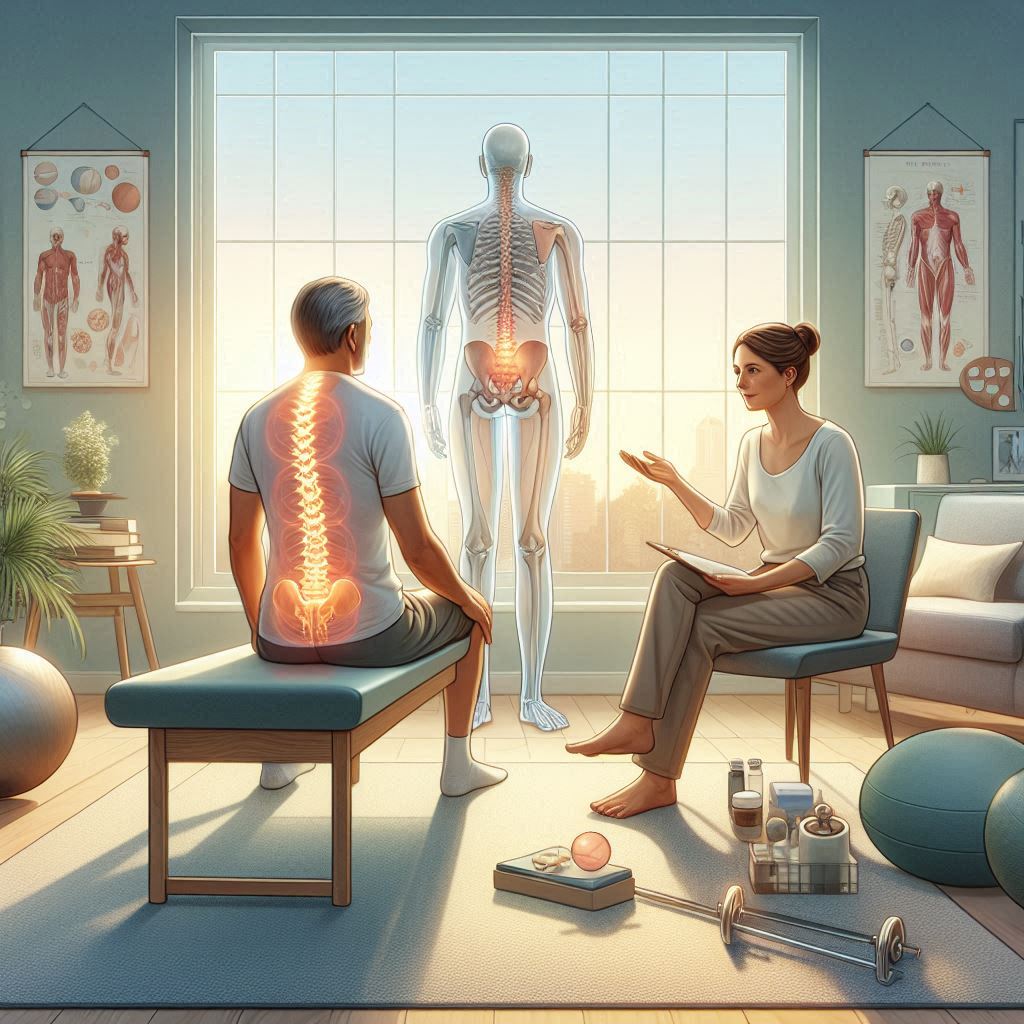Cognitive Functional Therapy in managing low back pain
Chronic low back pain is a prevalent issue faced by individuals globally, significantly impacting their quality of life. It can arise from various factors, including underlying health conditions, poor lifestyle choices, and previous surgeries. For those who have undergone spinal surgery, the journey to recovery can be particularly challenging. Recent research sheds light on innovative therapeutic approaches that may offer relief. A recent randomized controlled trial (RCT) has compared cognitive functional therapy (CFT) to traditional core exercises and manual therapy (CORE-MT). The findings indicate that CFT might be a more effective option for alleviating pain and enhancing functional outcomes in patients recovering from spinal surgery. Understanding Chronic Low Back Pain Chronic low back pain is characterized as pain that persists for more than three months. It can be caused by a variety of factors, including injury, degenerative diseases, and underlying conditions. In many cases, individuals with chronic pain experience limitations in their daily activities, affecting work, physical health, and mental well-being. While surgical interventions may provide a solution for some, they don’t always guarantee relief, leaving many patients grappling with persistent pain after their procedures. The Approach: Cognitive Functional Therapy Cognitive Functional Therapy (CFT) merges cognitive behavioral therapy principles with physical rehabilitation techniques. This therapy focuses on understanding the individual’s pain experience and modifying behaviors and thoughts that contribute to their pain. The essence of CFT lies in helping patients reconceptualize their pain, promoting greater self-efficacy and active participation in recovery. Comparing Treatment Modalities: CFT vs. CORE-MT The RCT conducted in Santa Catarina, Brazil, involved 80 participants aged 18 to 75 who had experienced chronic low back pain following spinal surgery. Participants were randomly assigned to receive either CFT or a combination of core exercises and manual therapy (CORE-MT) over a maximum period of 12 weeks. Primary Outcomes: The study measured two main outcomes: pain intensity and functional improvement. Pain intensity was assessed using a numeric pain rating scale ranging from 0 (no pain) to 10 (worst pain imaginable). Functional improvement was evaluated using the patient-specific functional scale, also scored from 0 to 10. Findings: CFT Outperforms CORE-MT The study’s results revealed several compelling insights: https://fuelforlife365.com/ The Implications for Patients With the evidence suggesting that CFT is more effective than traditional CORE-MT approaches, patients recovering from spinal surgery may consider this integrated approach to manage chronic low back pain. Potential Benefits: You can Visit For More Information Here Conclusion The recent trial highlights the need for innovative therapies for chronic low back pain, especially in post-surgical patients. Cognitive Functional Therapy (CFT) is an effective option. It addresses both physical and psychological aspects of pain, aiding healing and improving well-being. Patients with chronic pain after surgery should discuss the benefits of CFT with their healthcare providers. A holistic pain management approach can empower patients in their recovery and enhance their quality of life. Chronic low back pain poses challenges, but therapies like CFT offer hope for effective management. Ongoing research on chronic pain complexities will likely promote the integration of cognitive and physical therapies in rehabilitation. Final Thoughts If you or someone you know is struggling with chronic low back pain after spinal surgery, exploring options like Cognitive Functional Therapy could be a transformative step in the recovery journey. Awareness and the willingness to embrace new treatment modalities can pave the way for a brighter, pain-free future.


